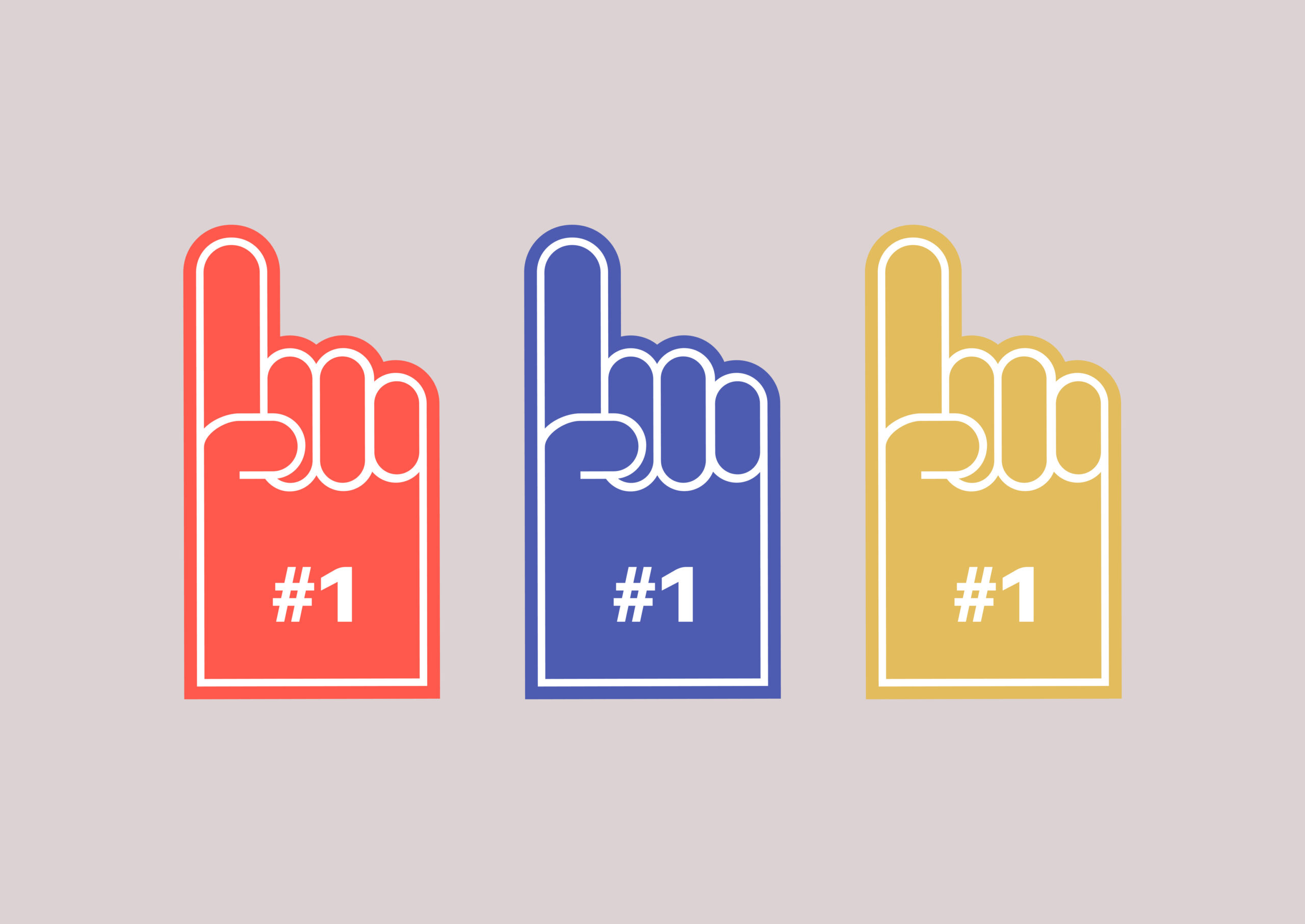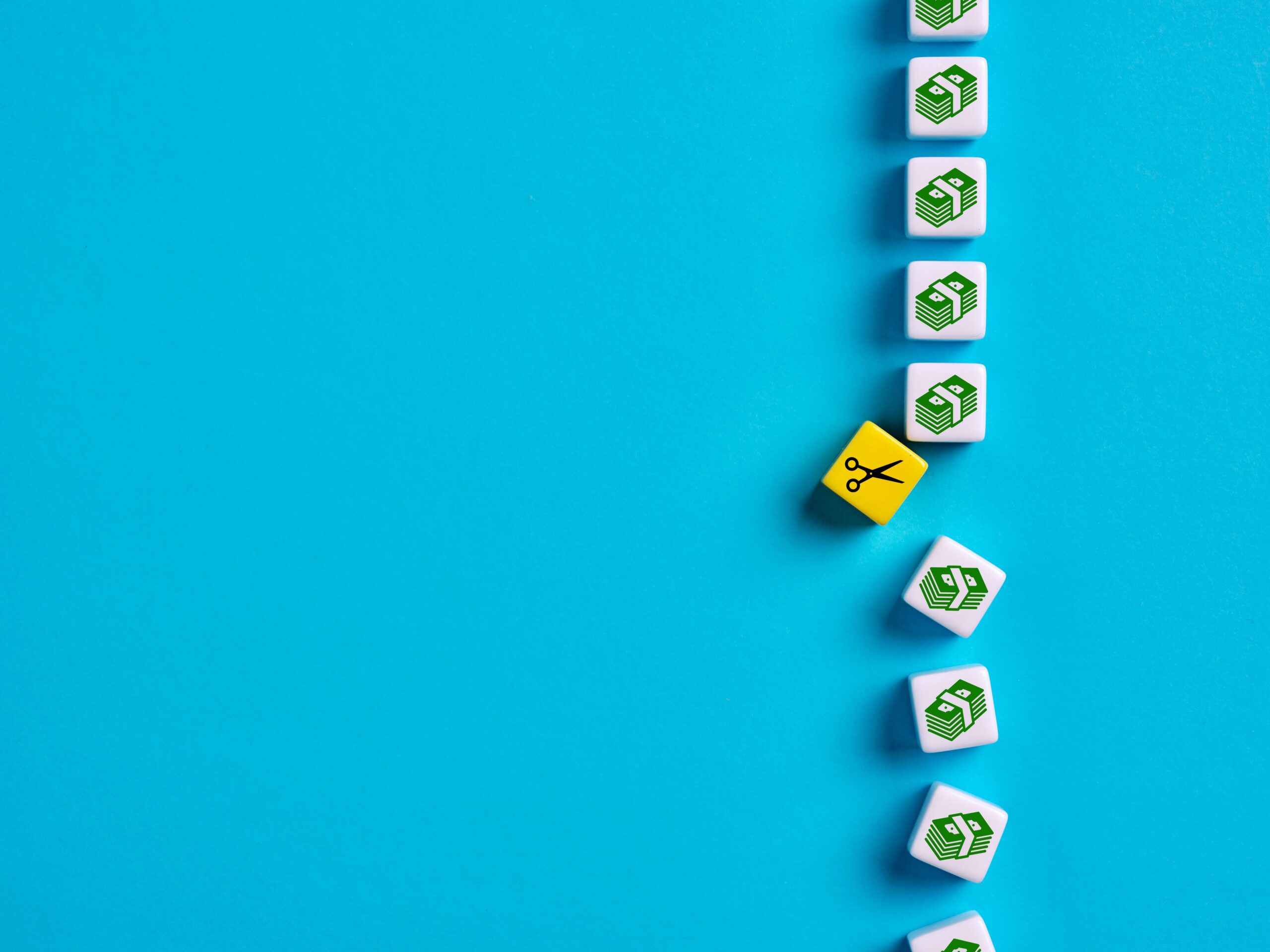Hollywood is in flux. Once upon a time, movie stars themselves were the franchise or brand, but those days have softened away. With audiences less willing to seek out original films and newer adaptations, studios are leveraging nostalgia-hued intellectual property, packaged with robust co-branded collabs to craft movies and products that can sing soprano at the box office and cash register—and toys are leading the way.
This summer, it was almost impossible not to notice the hot pink posters signaling the release of Greta Gerwig’s Barbie movie. The film is the Mattel doll’s live-action film debut and, coupled with the dizzying number of brand collaborations, captured the cultural zeitgeist as people of all ages rushed to post their best Barbie-inspired outfits on their social channels—TikTok videos featuring #barbiecore have had nearly 1 billion views.
In the history of Hollywood, 29 people have had the sole directing credit on a billion-dollar movie—28 men and one woman: Greta Gerwig. Barbie has made about $1.36 billion to date—the top-selling movie in Warner Bros.’s 100-year history, and the buzz that surrounded the film is no coincidence. Mattel’s Barbie division has spent nearly $100m on marketing this year, marking a major transformation of the company from a toymaker to an intellectual property-driven organization. The promotional Barbie buzz began over a year ago when an official image of Margot Robbie (the star of Barbie) was released by Warner Bros. at CinemaCon in April 2022, igniting the phenomenon that hit fever-pitch this summer.
From Pinkberry to PlayStation—brand collaborations gone wild
To promote the Barbie movie, Mattel partnered with over 100 brands and retailers on collaborations that span beauty, fast fashion, food, homewares, and more. And while brand collabs are nothing new, there’s something about the sheer number and zeal of Barbie-branded collabs that dropped this summer that is something to behold. Collaborations have been gaining popularity among brands as a way to access new customer bases, but now, there is a growing synergy for franchises, as well.
#Barbiecore began to gain momentum months before there was even a live-action trailer teaser and was bolstered in large part by brands pushing their Barbie collabs. From PlayStation controllers to sweet treats by Pinkberry to fast fashion collabs with Zara, GAP, Forever 21, and more, companies lined up to officially hitch their brands to Barbie, and in doing so, helped fuel the Barbie-fever that took the world by storm this summer—and is a look at how movies, merchandise, and brands are becoming entwining their fates.
Discoverability has become more fluid
Entertainment companies are looking to Mattel’s success in leveraging its IP with the Barbie movie, and the consensus is that leveraging branded consumer product collaboration is the key to fueling a sense of tribal fandom to keep consumers coming back for more. Historically, entertainment marketers saw franchise discovery as being more linear than they do today.
Once, the customer journey primarily began with a film’s release, continuing via in-home entertainment, followed by branded consumer products and (if successful) holiday sales. But today, franchise discovery is more fluid—with 68% of licensed product shoppers likely to purchase a product featuring IP in anticipation of a movie or series release and 78% likely to buy after watching the release, according to a 2022 Kantar and Amazon Ads study.
Consumer products are helping grow long-term fandoms and moneymaking opportunities by giving them multiple ways to engage with brands. “Consumers want more of the things they love,” Brian Robbins, the president and CEO of Paramount Pictures and Nickelodeon, shared at a recent investor conference. “They want to see the movie, watch the show, read the book, wear the pajamas, use the toothpaste, ride the ride.” And some will buy the jammies before they see the flick. Welcome to the future.
It’s no secret that translating TV and movies into merch is a BIG business. Significant monetization from consumer products comes hand-in-hand with franchise development and helps establish a more long-lasting relationship, which is more lucrative for all involved. Retail sales of Disney’s licensed consumer products hit an estimated $56.2 billion in 2021, according to an estimate from License Global, while Warner Media and Warner Bros. made an estimated $15 billion—and streaming companies are moving in for their slice of the pie.
Streaming services are also muscling in on the action. Netflix and Hulu have debuted branded merch shops, and retailers like Walmart and Target are selling products tied to Netflix shows like Stranger Things. The days of sitting and waiting for a show to be successful are gone. Branded products give consumers multiple ways to engage with brands and help grow loyalty to the franchise.
Today’s media landscape has become more exciting than ever for fans. They can now engage with characters and stories beyond the traditional mediums of film and TV via podcasts, video games, in-person experiences, and more. The companies leading the charge are leveraging the power of fandom to drive engagement (and profit). If you’re looking to up your creative pitching game, reach out to us at Creative Circle—we’ll get you hitting home runs in no time soon.
About the author.
An award-winning creator and digital health, wellness, and lifestyle content strategist—Karina writes, produces, and edits compelling content across multiple platforms—including articles, video, interactive tools, and documentary film. Her work has been featured on MSN Lifestyle, Apartment Therapy, Goop, Psycom, Yahoo News, Pregnancy & Newborn, Eat This Not That, thirdAGE, and Remedy Health Media digital properties and has spanned insight pieces on psychedelic toad medicine to forecasting the future of work to why sustainability needs to become more sustainable.



